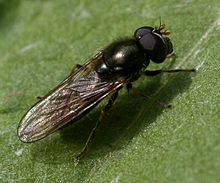
Chrysotoxum cautum is a species of hoverfly. It is found in southern Britain and Europe East into the Palearctic but is normally encountered in small numbers. The larvae are thought to feed on root aphids. Adults are usually found on the edges of woodland or scrub or along hedgerows where they visit a wide range of flowers.
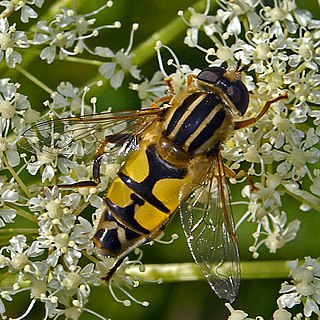
Helophilus trivittatus is a species of Palearctic hoverfly.
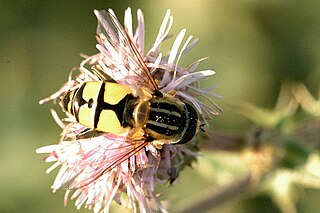
Helophilus hybridus is a hoverfly. It is a Palearctic species.
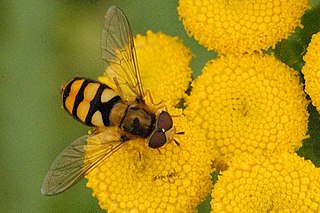
Eupeodes latifasciatus is a species of hoverfly. Adults feed on nectar; larvae feed on aphids and scale insects.
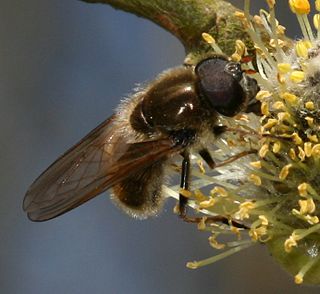
Cheilosia albipila is a European and Palearctic species of hoverfly. Like most Cheilosia it is black, and because of this may often be overlooked as a hoverfly. It is little recorded but probably widespread and common and maybe overlooked because adult flight periods are early in the year, before many hoverfly recorders are active.

Leucozona lucorum is a Palearctic and Nearctic species of hoverfly.
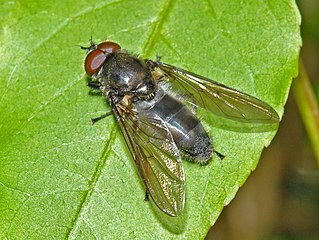
Cheilosia variabilis, common name figwort cheilosia, is a species of hoverfly belonging to the family Syrphidae.
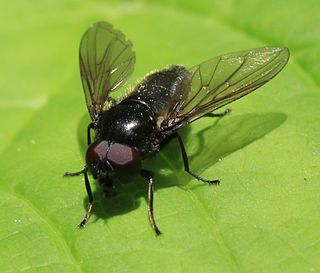
Cheilosia vicina is a hoverfly species found in the Palearctic.

Cheilosia grossa is a widespread European species of hoverfly. Adults can be found in spring on sallow catkins and the larvae tunnel in the stems of various thistle species.

Cheilosia bergenstammi is a widespread European species of hoverfly. Adults can be found in summer visiting ragwort flowers and this plant is also the larval hostplant.

Pipiza noctiluca is a species of Hoverfly, from the family Syrphidae, in the order Diptera.

Parasyrphus lineolus is a Holarctic species of hoverfly.

Paragus haemorrhous,the Black-backed Grass Skimmer is a common widespread species of hoverfly found in many parts of Europe, Africa and the Nearctic. Hoverflies can remain nearly motionless in flight. The adults are also known as flower flies for they are commonly found on flowers from which they get both energy-giving nectar and protein-rich pollen. The larvae are predators on aphids.

Cheilosia nebulosa is a Palearctic species of hoverfly.

Cheilosia impressa is a Palearctic species of hoverfly. Like most members of its genus C. impressa is a rather small, dark insect and identification can be problematic.
Chrysotoxum fasciatum is a species of Holarctic hoverfly.

Cheilosia antiqua is a European species of hoverfly.
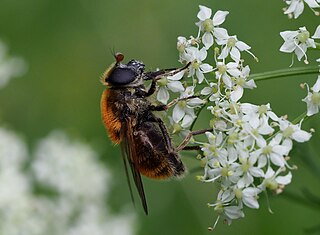
Cheilosia chrysocoma is a European species of hoverfly.
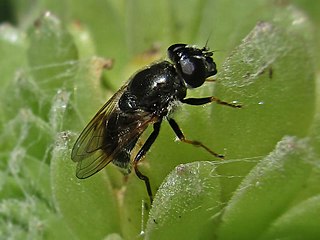
Cheilosia caerulescens is a Palearctic hoverfly.
Cheilosia lasiopa is a Palearctic hoverfly. This species was previously misidentified as Cheilosia honesta.
